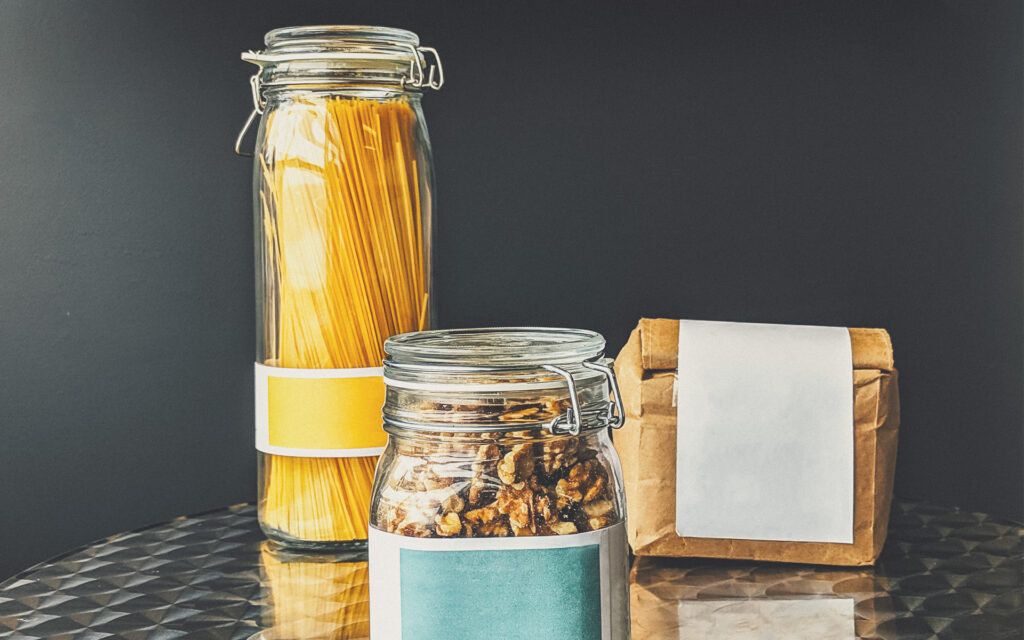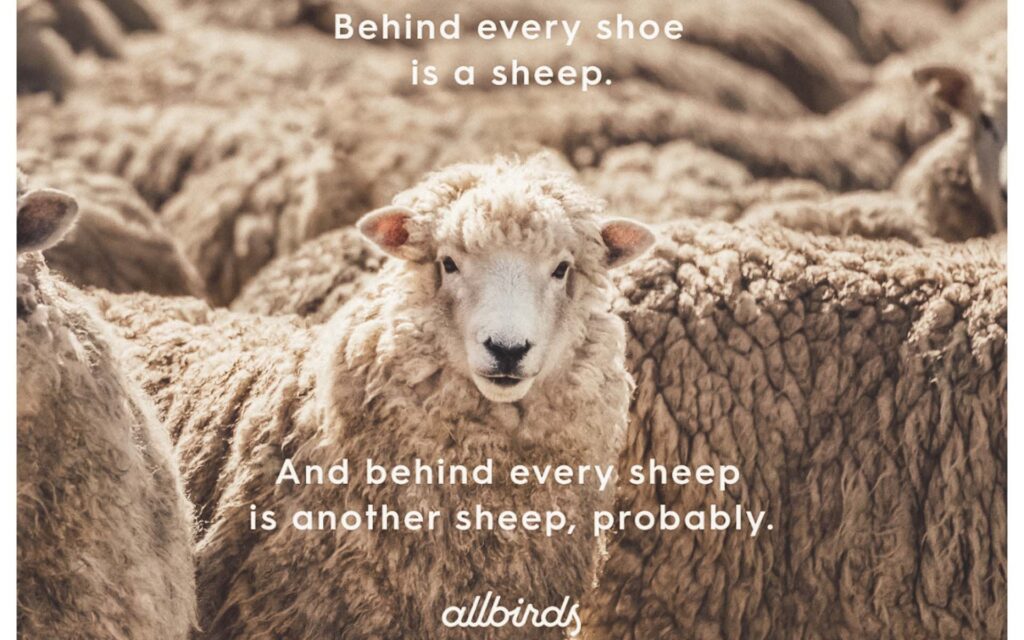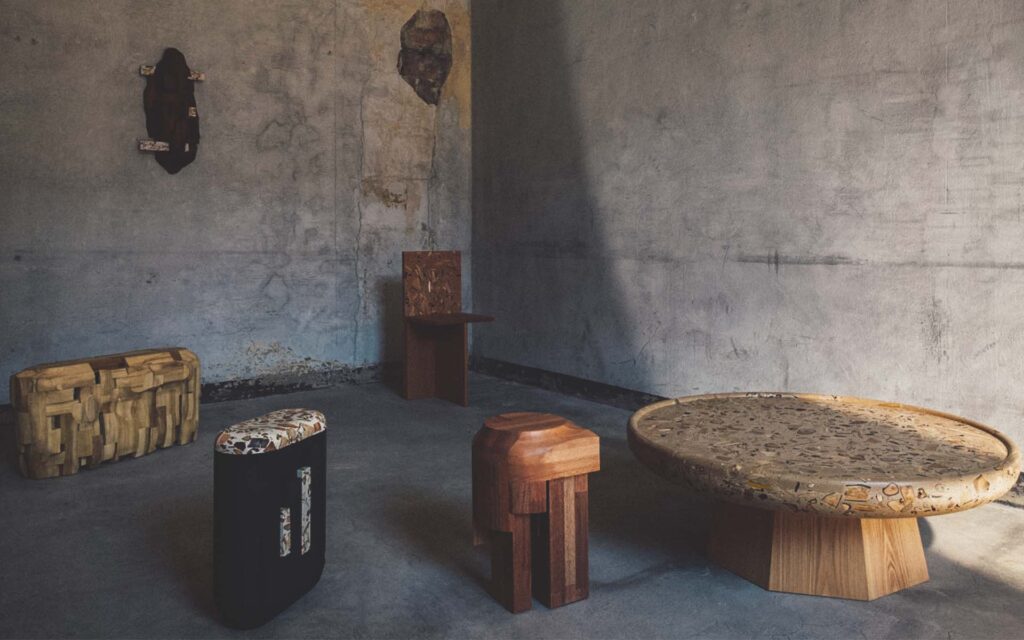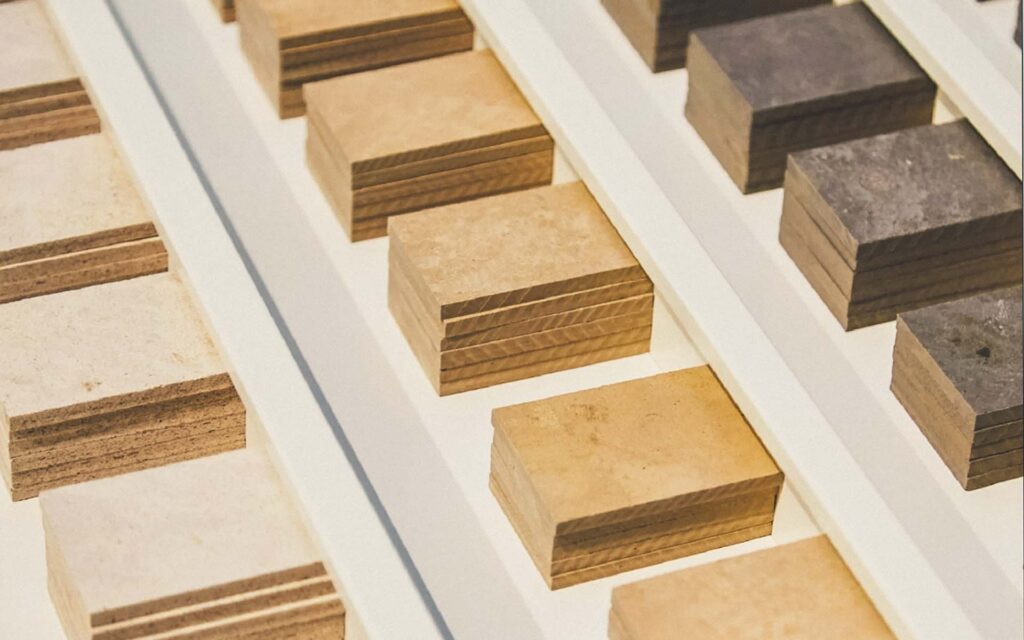The demanding life of world cities today exposes the problem of projection not only as the creative exercise of objects for the current human being and his “new” needs but also as an expression of sustainability in design. Sustainable design in our daily lives leads creatives to seek solutions by conceiving objects using natural and organic raw materials that are honestly involved in the care of our planet.

Back to basics
The book DA COSA NASCE COSA by Italian design icon Bruno Munari explains how design has allowed us to simplify our lives with the daily use of simple objects and elements, such as a hook to hang clothes, a set of dishes to serve our food or with actions that have another level of complexity. How to go camping or organize with efficient furniture the children’s room of a family.
The creative process of sustainable design in our daily lives has paradoxically led designers to return to the essentials. What is it to go back to basics? It is to make an honest and deep reflection about how in the XXI century, the era of technological development, human beings are back to the essential understanding that we can supply a large amount of our basic needs with what nature offers us.
Here are 3 examples of sustainable design projects in our daily lives:
Allbirds Shoes
The slogan “MOTHER NATURE MADE US DO IT” of the New Zealand and American company Allbirds, dedicated to the manufacture of sports shoes, makes it clear how important it is for the brand to produce its items with the involvement of sustainability.
The brand has been created by the New Zealander Tim Brown, a great connoisseur of the magical benefits of merino wool. He, with his curious spirit, inquires about the use of sustainable materials in the footwear industry. Discovers great potential in a material as wonderful and versatile as wool for the manufacture of a fundamental article such as footwear, and it is with that knowledge that Brown undertakes his Allbirds project.

After years of research and testing, he teamed up with renewable energy engineer Joey Zwillinger. Together, they develop the revolutionary footwear-specific fabric made of wool, cultured wood fibers, sugar cane, and eucalyptus. They bring to life a new category of shoes with sustainable design in our daily lives.
The road to doing better things in a better way is long, and we have only just begun.
Tim Brown
The brand has B-Corp certification in response to an objective of vital importance for its creators: eco-sustainability. With their initiative, SOLES4SOULS helps different communities in need in the world. The transport packaging of its products is made with 90% recycled cardboard that has three functions: cardboard box, product bag, and purse.
Materials
Wool
In New Zealand, sheep outnumber humans by a ratio of six to one. Thanks to its wool and local raw material, the manufacturing process uses 60% less energy than other synthetic shoe brands.
Tree fiber
It comes from wood grown in South Africa based on natural rain irrigation, without artificial irrigation or fertilizers. With this cultivation, the brand develops its own TELCEL fiber to produce its shoes.
Sugar cane
The sugarcane used to make Sweet Foam comes from southern Brazil, where sugarcane cultivation is supplied by rainwater but not irrigation. It is a fully renewable resource that grows rapidly, removing carbon from the atmosphere in the process.
Eucalyptus
From a large amount of responsibly harvested eucalyptus fibers and wool, Allbirds creates its own Merino fiber working together with fiber producers, spinners, and textile manufacturers.
The sustainable strategy
In their sustainable marketing plan for 2021, they propose reducing the carbon footprint in their production by half by 2025 and to zero by 2030. In just two years they have managed to reach more than half of their sustainable marketing plan.
Yuma Kano and its terrazzo tiles-like material
Japanese designer Yuma Kano creates a decorative material for the manufacture of ForestBank furniture that simulates the terrazzo tiles very popular in the early 1900s. He works from useless wood, foliage, bark, soil, and seeds. He states that his idea of projection is to find value not only in wood but in the whole forest.

In his design studio in Tokyo, he investigates the creation of recycled materials found in the forest. In the experimental creation process, Yuma uses unusable wood and other forest elements. He mixes them with water acrylic resin without using reactive mineral bases, or volatile solvents.
In the Japanese forestry industry, these small pieces of wood are a waste material. I wanted to reuse waste.
Kano
The technique
The technique developed by Yuma creates an input with patterns that transform depending on the angle and depth of the cut in the design, as well as components such as leaves, wood, bark, roots, soil, and seeds combined. This organic process in finished objects provides the possibility of a change in appearance as they age.
The mixed green leaves can take on an orange and brown hue with the change of seasons. It also mixes the forest soil with brown and black elements, allowing you to see the design patterns of roots and seeds hidden in the soil and elucidate the varied coloration that the various tree species have.
After the forest materials research process, Yuma manufactures a collection of furniture with this material consisting of a table, seats, and a coat rack, ensuring that the pieces can be recycled again over time to create more ForestBank material. The collection has been exhibited at Milan Design Week 2023, staging his work in the Touch Wood exhibition at the Alcova venue. This exhibition aimed to make known the new alternative ways of using wood. The Yuma project is a real example of how organic elements from nature can be used and given a new value.
Mater, Matek Furniture
Henrik Marstrand founded the furniture design company Mater in Copenhagen in 2006. It was created to be the pioneer in the sustainable furniture market, patenting its own Matek material, to transform the furniture industry into a conscious and responsible sector with the care of the planet.

Mastrand’s vision is to inspire the global design public and engage people in responsible and honest thinking about bio-sustainability.
The brand seeks to amalgamate sustainability and circular production from waste with an imperishable design. For this, he has created different collaborations with design talents around the world.
The materials
Mater has developed 5 unique formulations of Matek materials, contributing to limiting the global use of virgin materials and reducing carbon emissions. After years of research and testing, the company has created its sustainable material Matek®.
Currently, the brand manufactures furniture from waste materials by combining fiber with a binder. An example of fibrous material is the husks of coffee beans extracted during the roasting process. The binder material is made from plastic waste or a plastic-based alternative. Mixing these materials results in a unique compound suitable for die casting, a well-known technique in the furniture industry.
All this technology behind Matek allows you to capture carbon in furniture by recycling waste to transform it into timeless classics using available resources instead of virgin materials.
Production
Post-industrial waste is used to produce Matek, which is available thanks to fruitful collaborations with large companies in the sector, processing its waste streams and adapting it to make furniture.
The furniture design proposal offers commercial and residential use to the public.
“Mater” means “mother” in Latin. The name is the daily reminder of our small contribution to preventing the challenges facing ‘mother earth’. Design influences the way humans live their lives; It shapes values, culture, and society. As manufacturers, we can rethink dubious practices and create ethical and sustainable design that minimizes adverse social and environmental impacts.
Henrik Marstrand
These and many other sustainable design ventures in our daily lives are the path that creatives in the world have started to solve the problem that is presented today on our planet: pollution. In different productive industries, organic materials are created with the collaboration not only of designers but also of scientists, chemists, technologists, and artists. It is our responsibility to care for our planet, and we must, in one way or another, participate with care.





